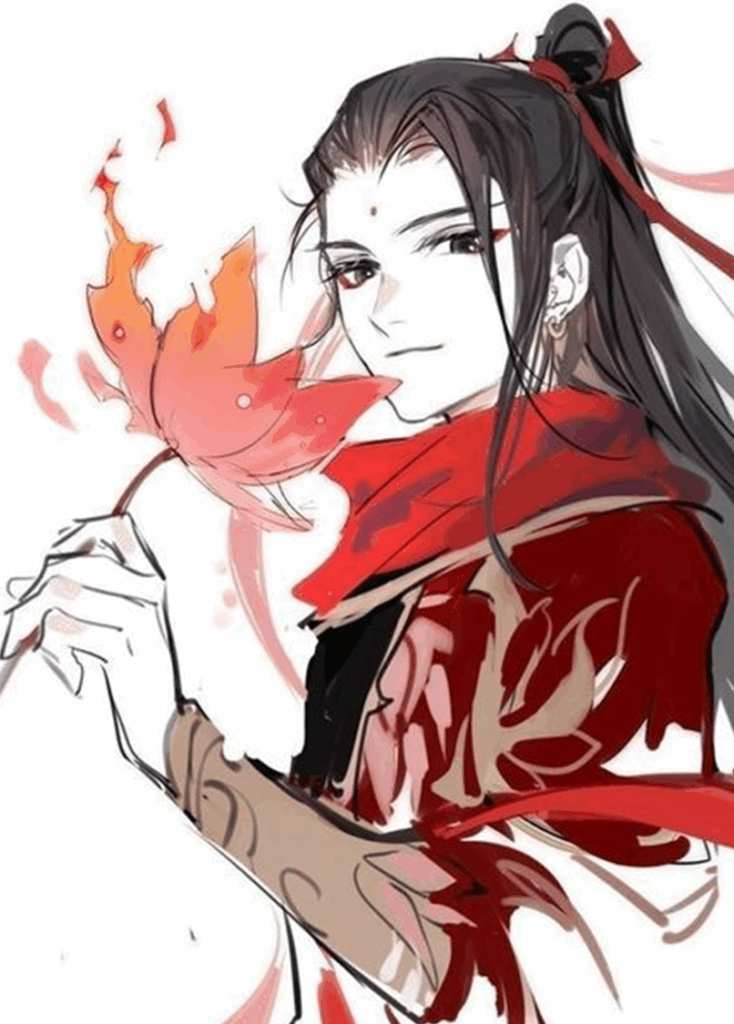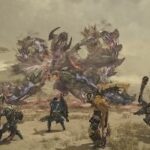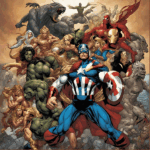Divine Armament: Nezha’s Weapons vs. Western Legendary Artifacts
Mythology and fantasy are rich with legendary weapons that embody divine power, heroism, and cultural values. From Chinese folklore, Nezha’s Wind Fire Wheels and Fire-Tipped Spear stand among the most iconic, while Western legends boast relics like Thor’s Mjolnir or King Arthur’s Excalibur. This article explores how these weapons compare in symbolism, power, and mythological impact.
Symbolism and Divine Origin
Nezha’s weapons are deeply tied to his celestial origins and rebellious nature. The Wind Fire Wheels, enabling flight and unstoppable speed, symbolize freedom and transformation—reflecting Nezha’s defiance against fate. Similarly, his Fire-Tipped Spear embodies destructive and purifying flames, a duality mirroring his role as a protector and troublemaker.
In contrast, Western legendary weapons often represent legitimacy and divine mandate. Excalibur, drawn from stone, signifies Arthur’s rightful kingship—ordained by divine will. Mjolnir, forged by dwarven smiths but wielded only by the worthy, reflects Norse ideals of strength tempered with nobility. Both Eastern and Western weapons personify their heroes’ virtues but differ in cultural emphasis: rebellion vs. ordained authority.
Power and Mythological Influence
The sheer might of these weapons shapes their myths. Nezha’s armaments grant unmatched agility and fiery destruction, used to battle dragons and celestial armies. The Wind Fire Wheels defy natural limits, while the spear channels primordial fire—tools that elevate Nezha beyond mortal constraints.
Western artifacts, however, often impose conditions. Mjolnir cannot be lifted by the unworthy, and Excalibur’s scabbard grants invincibility only when its bearer is morally just. This reflects a recurring theme: the wielder’s worthiness defines the weapon’s power. Nezha’s weapons, meanwhile, are extensions of his innate divinity—less about trial and more about supernatural prowess.
Conclusion: Weapons of Legend, Mirrors of Culture
From Nezha’s fiery arsenal to the regal arms of Western myth, divine weapons reveal the values of their cultures. Chinese lore celebrates dynamic rebellion and godly might, while Western legends emphasize destiny, worthiness, and moral trials. Though different in symbolism, both traditions use these artifacts to explore themes of power, identity, and the divine. Whether through Nezha’s spear or Arthur’s sword, mythic weapons remain timeless symbols of heroism.


